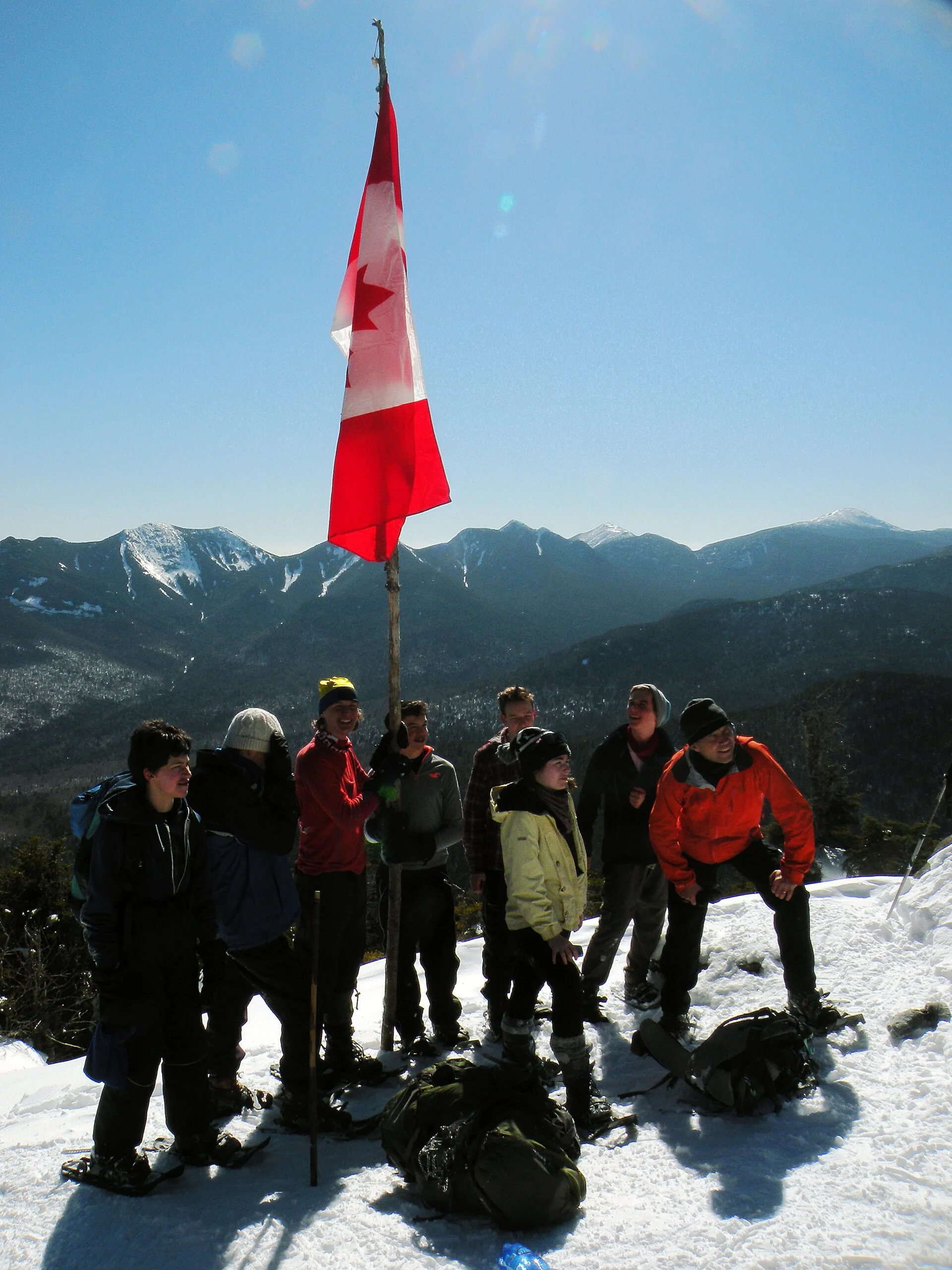UPDATE: Development Continues on AWA’s Visitor Use Management App
Earlier this year, I wrote about a proof of concept app we had started working on to produce better data about visitor activity in the Adirondack Park. The concept was simple: Provide a digital alternative to the ubiquitous trailhead register books many visitors fill out (and all visitors should fill out) on their way in and out of the backcountry. Do it right, and a treasure trove of data about who is visiting, when they arrive, where they go, and when they leave becomes available in real time — enabling visitors and resource managers alike to make smarter planning decisions.
So, what does this app look like so far? Let’s take a quick tour of two core features we have implemented: Signing Up and Planning a Visit and Educating Visitors.
Signing Up and Planning a Visit
First step is a one-time registration. The registration page is short and requests similar information to what a visitor would fill out at the trailhead:
Are you a visitor from north of the border — a francophone perhaps? No problem, the user interface is ready to support any language for which a translation is added! Here’s the same form in French:
Once the visitor provides that information, they will never have to put it in again. Notice also that we drop some of the information requested in current register — namely people’s street address. It seemed to us that such detailed information is not necessary, and also we have learned this level of personal detail makes some visitors uncomfortable with the whole process.
Now that you are registered, you can plan a trip. Here’s the Add Trip form:
Notice that the drop-down listing of starting points is organized by distance from your location. If you are at the trailhead, it will show the trailhead at the top of the list. Also, notice that it reports the number of parties, people, parked cars, and vehicle capacity for the Adirondak Loj trailhead. Another party has planned a trip at this location and you can see that information in real time. Once you select your Starting point, destinations will appear listed relative to that location:
You can plan your trip before you check in, even before you depart for the trailhead, making decisions about where to go with good information about how busy your selected destination will be.
Educating Visitors
Now what if you are a resource manager, and you are concerned about people hiking in winter without appropriate gear? You can add an advisory that will appear to users during check-in:
Advisories can be restricted to specific geographical areas and time constraints. In this case, we have set up a geographic area called Marcy Summit, drawn roughly on a map to outline Mount Marcy’s summit:
Now, when I go to check in for a hike to Marcy, I see the advisory:
Advisories support translations as well:
So where do we go from here?
We remain committed to delivering the functionality we described in March. We are aiming to deliver a functional app in time for demonstration use for Summer 2021. We are starting to reach out to potential partners, both inside and outside the park to pilot the tool at one or more locations.
You can help!
There are many forms of help we are seeking:
Try out the prototype app yourself and tell us what you think. Go to https://vumt-demo.adirondackwilderness.org/.
Are you part of an organization that manages public preserves — including ones in other parts of the New York State — that might be interested to use this tool? Please get in touch with us at vumt-demo@adirondackwilderness.org.
Are you technically inclined or do you have a background in web application development? Visit our GitHub page for the project here: https://github.com/aepstein/vumt. This is an open source project — we welcome your contributions!
Are you able and willing to help us translate our user interface into other common primary languages of visitors to the park such as Spanish, Korean, Chinese, Bengali, and Haitian Creole? Please get in touch with us at vumt-demo@adirondackwilderness.org.
Please consider donating to our organization. Your donations will help support the infrastructure and outreach we need to build up a credible pilot effort for the next season!

